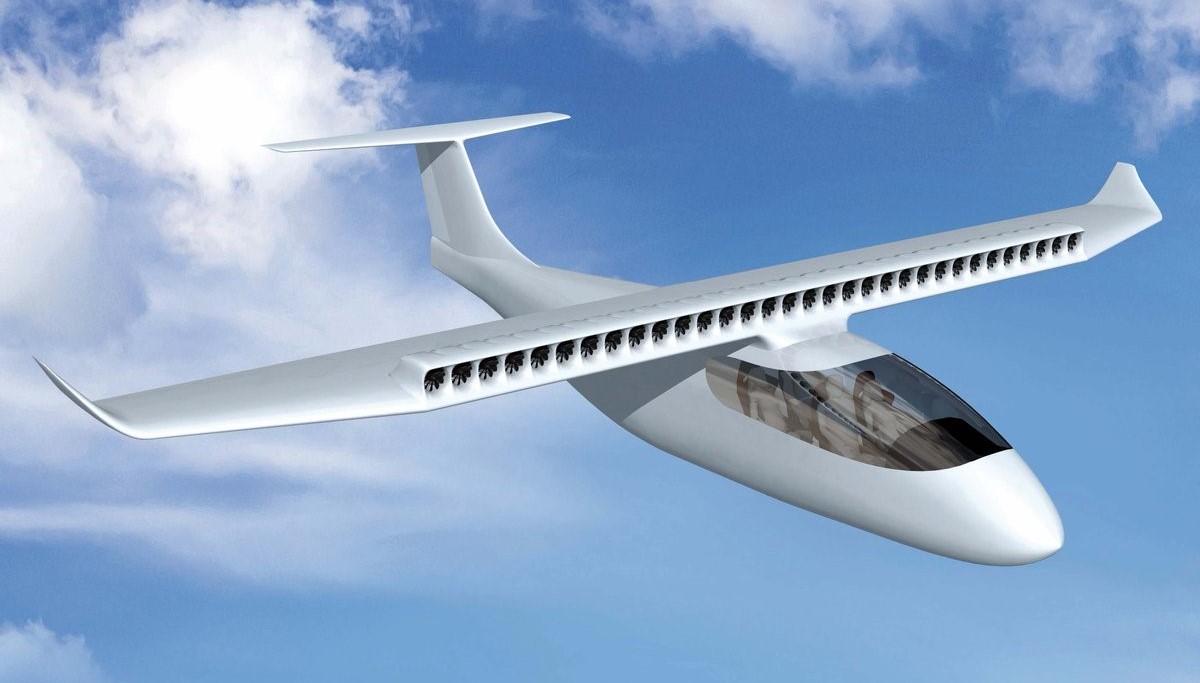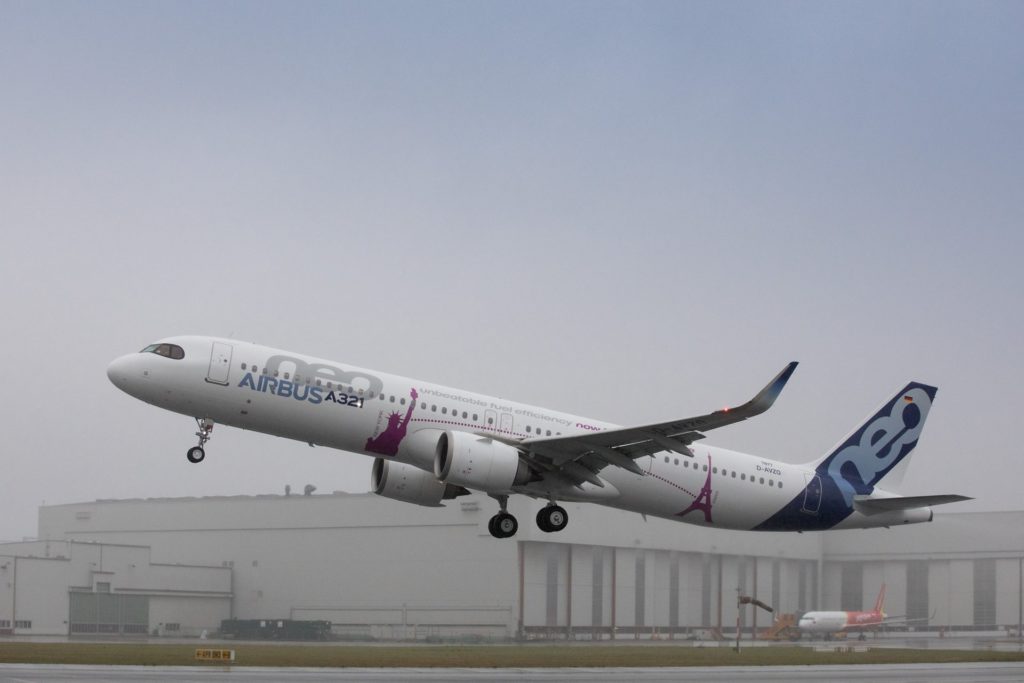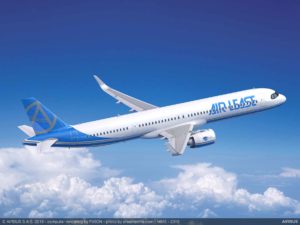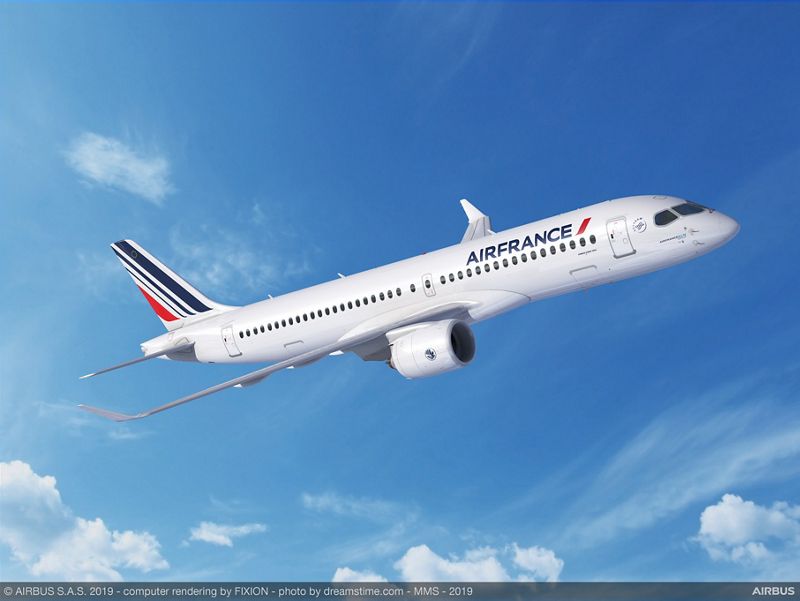Leeham News and Analysis
There's more to real news than a news release.
With Boeing’s 737 MAX delivered to storage instead of customers, unique cost and revenue insights can be gained.
By Bjorn Fehrm
Subscription Required
Introduction
January 23, 2020, © Leeham News: The last three-quarters of non-delivered Boeing 737 MAX production exposes the internals of an airliner OEM as seldom before.
The second, third and eventually fourth quarterly reports from Boeing can be compared to the same reports for the 2018 quarters. The differences in the numbers represent the production cost of the 737 MAX being booked as inventory instead of revenue. These values make for interesting reading as they give deeper insights into the production costs and net customer prices for the model.
Summary:
- When the MAX goes to storage it’s delivered to Boeing Commercial Airlane’s inventory.
- The net production cost appears in an increased inventory cost and the net customer price is missing in revenue.
- By careful comparison of the quarterly reports between 2019 and 2018, cost and revenue insights can be gained
Bjorn’s Corner: Why e in ePlane shall stand for environment, Part 4. Boundary layer ingestion.
January 10, 2020, ©. Leeham News: We continue our series why e in ePlane shall stand for environment and not electric.
Before we continue the discussion about low CO2 footprint propulsion opportunities we look into some of the distributed propulsion concepts proposed for electric/hybrid airliners.
In this and the next Corner, we examine the substance in claimed aerodynamic gains and increased efficiency from such concepts.
Aviation safety continues to improve in the US and Europe
By Judson Rollins
Introduction
Jan. 3, 2020, © Leeham News: Despite all the safety-related headlines surrounding the Boeing 737 MAX, 2019 was a mercifully quiet year with just six fatal airline accidents around the world.
Clifford Law Offices in Chicago recently released an analysis of aviation incidents and accidents reported to the US National Transportation Safety Board (NTSB) from 1982 to 2018. It highlighted several interesting patterns that are probably well known to pilots but perhaps not the rest of the aviation community. LNA also looked at accident data from the European Union Aviation Safety Agency (EASA) for 1970-2017 for comparison.
In 2018, the NTSB investigated 1,581 aviation accidents and incidents that left 847 people dead and another 768 people injured. The vast majority of these, not surprisingly, involved non-commercial general aviation aircraft. Seventy-nine percent of all US aircraft accidents and 72% of fatal accidents involved single-engine planes. In this article, LNA will focus primarily on commercial aircraft operations like the ones defined under US Federal Aviation Administration Part 121 rules.
Summary
- Air travel remains one of the safest modes of transportation;
- Accidents and fatalities have fallen dramatically over the past 40 years;
- The most accidents occur during takeoff and landing, but those during maneuvering and cruising are the most deadly.
Big Three Gulf Carriers’ financials
Subscription Required
By Vincent Valery
Introduction
Nov. 4, 2019, © Leeham News: The rise of the Big Three Middle Eastern carriers since the mid-2000s has been nothing short of astounding.
They took full advantage of an advantageous geographical location: 85% of the world population is within a 10-hour flight from either Qatar or the UAE. Emirates and Qatar Airways connect all continents, except Antarctica.
This transformation i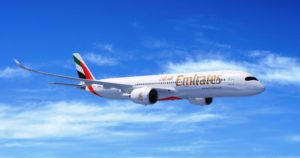 nto super connectors did not come without controversies. The most vocal are the Big Three US legacy carriers, through the Partnership for Open and Fair Skies. They accuse the Gulf Carriers of benefiting from massive subsidies that allow them to underprice their competitors.
nto super connectors did not come without controversies. The most vocal are the Big Three US legacy carriers, through the Partnership for Open and Fair Skies. They accuse the Gulf Carriers of benefiting from massive subsidies that allow them to underprice their competitors.
As part of a deal between Qatar, the UAE, and the USA, the Big Three Gulf Carrier started publishing audited financial statements. Emirates’ and Qatar Airways’ financial statements are publicly available on their websites since 1994 and 2015, respectively. Etihad Airways has been releasing some income statement information since 2010.
Ahead of the upcoming Dubai Air Show Nov. 18-19, LNA had a look at those financial statements. We outline our takeaways in this article.
Summary
- Very high growth at all three airlines;
- Funded by different means;
- Global slowdown and Geopolitical tensions force strategy rethink;
- Varying levels of earnings quality;
- An unsuspected (significant) source of revenues.
Airbus 2019 results hit by A320neo delivery delays
By Bjorn Fehrm
October 30, 2018, © Leeham News: Airbus announced 3Q 2019 results today. Revenue and profits for the first nine months were up from last year but the company is still wrestling with delivery problems for A320neos from its Hamburg factories. The delays during the first nine months cannot be caught up and the delivery guidance for 2019 is now 860 aircraft instead of 880-890.
Guided free cash flow will suffer as a result while profits for the year are guided unchanged as the first nine months delivered healthy profits.
Lower interest rates, a tailwind for new orders
Subscription Required
By Vincent Valery
Introduction
Sep. 16, 2019, © Leeham News: Over the last few weeks, LNA outlined significant production gaps from 2022 onwards for the major widebody programs at Airbus and Boeing. The OEMs expect airlines to place large fleet renewal orders to fill those.
Aircraft deliveries need to be financed one way or another. Access to affordable financing is crucial for airlines and lessors to make good on their orders.
Interest rates in the world’s major currencies hit an all-time low a few weeks ago. The 30-year US Treasury yield dipped below 2%, while the 10Y German Bund was at -70 basis points.
Corporations duly took advantage of the lower rates to issue record amounts of debt in US dollars during the first week of September. United Airlines and Bank of China Aviation were among them.
We will analyze how lower interest rates could benefit the aviation industry.
Summary
- Varying interest rate exposure for airlines and lessors.
- Level of access to capital markets among airlines.
- Hurdles to capitalize on low interest rates.
- Unlikely beneficiaries if low rates persist in the near future.
- Boosting new widebody order prospects.
Airbus 1H2019 results: The A320neo gives Airbus a solid first half
By Bjorn Fehrm
July 31, 2019, ©. Leeham News: Airbus announced its 1H2019 results today, presenting a solid first half with progress in A320neo and A350 deliveries. The A220, brought over from Bombardier, is also making progress.
Yesterday, Airbus could announce an MOU with Air France for 60 A220-300. When converted to order it brings the orders for the type above 600. The A220 is gradually becoming a good deal for Airbus, and the type an important part of its lineup.
Read more
Paris Air Show: notable orders other than A321XLR and 737MAX
By Vincent Valery
June 24, 2019, © Leeham News: The A321XLR launch and IAG’s 737MAX order gathered most of the attention during the 2019 Paris Air Show.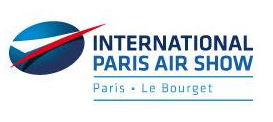 Nevertheless, other significant orders were placed by airlines and lessors.
Nevertheless, other significant orders were placed by airlines and lessors.
How Mitsubishi Aircraft morphed the MRJ70 into the M100 SpaceJet
By Bjorn Fehrm
June 13, 2019, © Leeham News.: Mitsubishi Aircraft Corp (MITAC) has done more than a rebranding and new livery in creating the SpaceJet out of the MRJ70.
It’s changing the design, its materials and several parts of the interior to accommodate more passengers than the MRJ70.
- Related story: How the SpaceJet came to be.
Here is a technical analysis of the aircraft, based on information released today and our own Aircraft Performance Model.
We describe the changes MITAC made to the MRJ70 to end up with the M100 SpaceJet and what these mean for passengers and operators.



